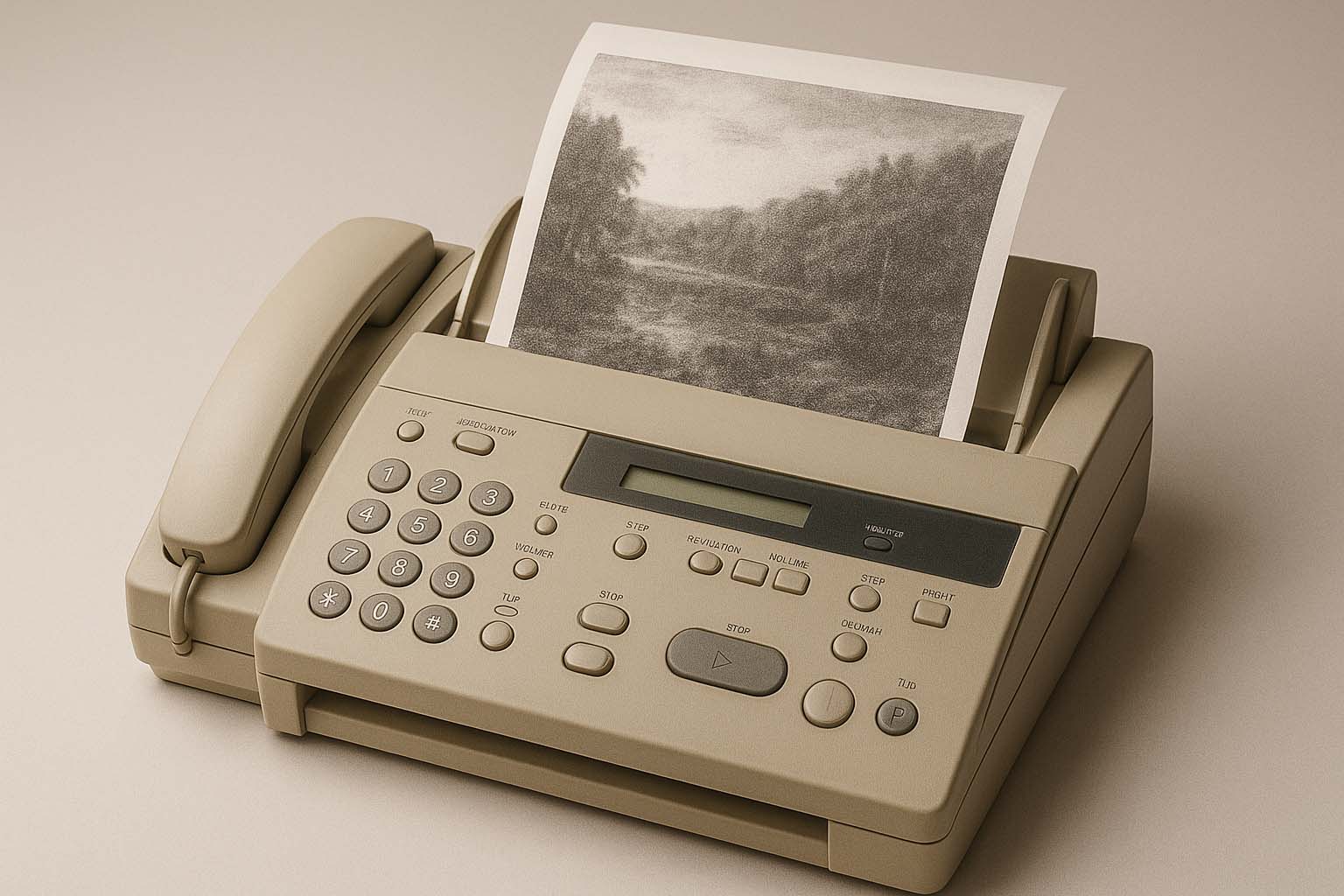Episode 1
Introduction: A Profession in Transition
Location scouting has always been a vital but often overlooked part of filmmaking. The right location can lift a story, set a film’s mood, and take viewers to new places. But the way scouts find and secure these spots has changed a lot over time.
From the old days of printed photos and handwritten notes to today’s AI-powered tools, the scouting profession has evolved alongside film industry technology. This episode looks at how scouting has changed—and what’s coming next.
The Early Days of Location Scouting
Before digital tools, scouting was all about legwork and relationships. Scouts used their own judgment, local contacts, and a lot of walking to find the right spot. Here’s what it looked like back then:
- Physical Travel: Scouts spent weeks or months driving around and snapping photos with film cameras.
- Paper-Based Systems: Notes were handwritten, and filing cabinets were filled with location folders.
- Limited Communication: Scouts had to get back from their trips before they could share anything with the team.
- Long Processing Times: Photos and VHS tapes were mailed or hand-delivered to directors and producers.
Fax machines tried to speed things up. A scout would fax a picture—but the result was often a blurry, black-and-white mess. Still, it felt high-tech at the time!
Despite the challenges, great scouts stood out by spotting cinematic potential where others didn’t. Strong relationships mattered, and many production teams worked with the same trusted scouts for years.

The Digital Revolution: Scouting Enters a New Era
In the late 1990s and early 2000s, new tools made scouting faster and more streamlined. Key breakthroughs included:
- Digital Cameras: No more waiting for film to develop—photos were instant and high quality.
- Online Location Databases: Teams could search locations on websites like IMDb and early directories.
- Email & Cloud Storage: Scouts could now share reports and images instantly.
These changes improved speed and access, but didn’t change the heart of scouting. It still took creativity, local insight, and smart thinking—things that machines couldn’t provide.
That said, the past decade has brought tools that are truly reshaping the scouting workflow.
The Rise of AI, Drones & Virtual Scouting
Today’s scouts have more tech at their fingertips than ever. Scouting is now:
- AI-Powered: AI tools read scripts, pick out keywords, and suggest matching locations from huge image libraries.
- Drone-Assisted: Scouts can get stunning aerial views in minutes instead of trekking for hours.
- VR & Virtual Tours: Directors can now preview a location remotely with a headset.
- Online Marketplaces: Sites like Locamundo let teams browse and book locations in seconds.
Even with all this, scouting still needs a human touch. AI can sort options—but only an experienced scout knows which one works best for story, lighting, and logistics.
What This Means for the Future of Location Scouting
Scouting is entering a new phase. As technology grows more powerful, here’s what’s likely to change:
- Scouts will become digital curators, reviewing AI-picked locations instead of starting from scratch.
- Site visits will be more focused, with virtual tours replacing early trips.
- New jobs will appear, like Virtual Location Manager or Digital Asset Coordinator.
The challenge? Keeping the soul of the job alive. The best scouts of tomorrow will use tech—but still rely on instinct, storytelling skills, and trusted relationships.
Conclusion: A Hybrid Future for Scouts
Tools change, but the mission stays the same: to find real-world places that bring scripts to life. In future episodes, we’ll look closer at the tech, trends, and challenges shaping the future of location scouting.
Sources
- The Guardian: "AI and the Film Industry"
- Locamundo: "The Digital Transformation of Location Scouting"
- Massif Network: "How AI is Changing Film Pre-Production"
Article was written by Rickard Molin
owner of Locamundo and a Damn good scout.



Load more comments